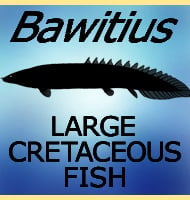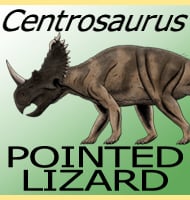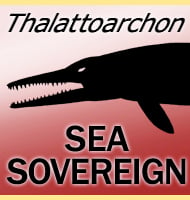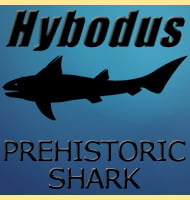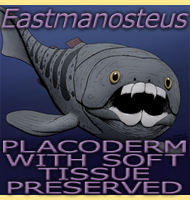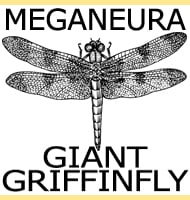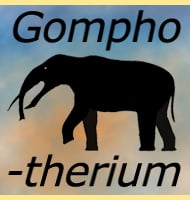In Depth
With a holotype specimen only twenty centimetres long Pappochelys seems an unassuming little creature at first glance, however this genus may just revolutionise our construction of the turtle evolutionary family tree. Ever since evolution went from being theory to accepted and proven fact, naturalists have being trying to find the exact place for everything, and much of this time turtles have always been placed within the anapsid group of reptiles. This is because most turtles that were known at the beginning of this research had no skull openings other than what they needed for their eyes and nostrils. As time progressed however, more and more fossil forms began to be added to the list, and some of these genera were observed to actually have additional skull openings similar to the diapsid reptiles (lizards, snakes, crocodiles, dinosaurs, etc). These observations caused many palaeontologists to reconsider the old anapsid lineage which was based more upon assumption. Furthermore, studies based upon molecular data suggested that turtles really were descended from diapsid reptiles as opposed to anapsids. However it takes time to change a long established theory, and for the most part turtles still superficially resembled anapsids, with no transitional forms to prove otherwise. Then in 2015, Pappochelys was described.
Scientists don’t actually like to use the term ‘missing link’, they prefer to say ‘transitional form’, but whatever you parlance, Pappochelys is the first genus that offers to form an evolutionary link between developed turtles and diapsid ancestors. Pappochelys represents a near perfect intermediate link between Odontochelys, one of the earliest confirmed turtles, and Eunotosaurus, a genus of reptile that lived during the Permian. Eunotosaurus does display special adaptations to its ribs which many researchers have interpreted as a precursor to the development of a turtle shell, though other researchers have said that it is merely a coincidence and that Eunotosaurus was actually a parareptile. The description of Pappochelys however places Eunotosaurus back into the frame as the ancestral form of turtles. Aside from denoting a diapsid lineage for turtles, the authors of the Pappochelys description also suggested that Pappochelys and other turtles lay within the Lepidosauromorpha, meaning that they are more closely related to lizards and snakes than they are crocodiles and dinosaurs.
Pappochelys was a small creature and the holotype fossils were recovered from what appears to have been lake sediment. The bones of Pappochelys also show thickening which would have made them heavier and allow Pappochelys to swim more easily under the water. These all indicate that Pappochelys was likely semi-aquatic.
Further Reading
- A Middle Triassic stem-turtle and the evolution of the turtle body plan. - Nature. - R. R. Schoch & H. -D. Sues -2015. – Microanatomy of the stem-turtle Pappochelys rosinae indicates a predominantly fossorial mode of life and clarifies early steps in the evolution of the shell. – Scientific Reports. 9 (1): 10430. – Rainer R. Schoch, Nicole Klein, Torsten M. Scheyer & Hans-Dieter Sues – 2019.

